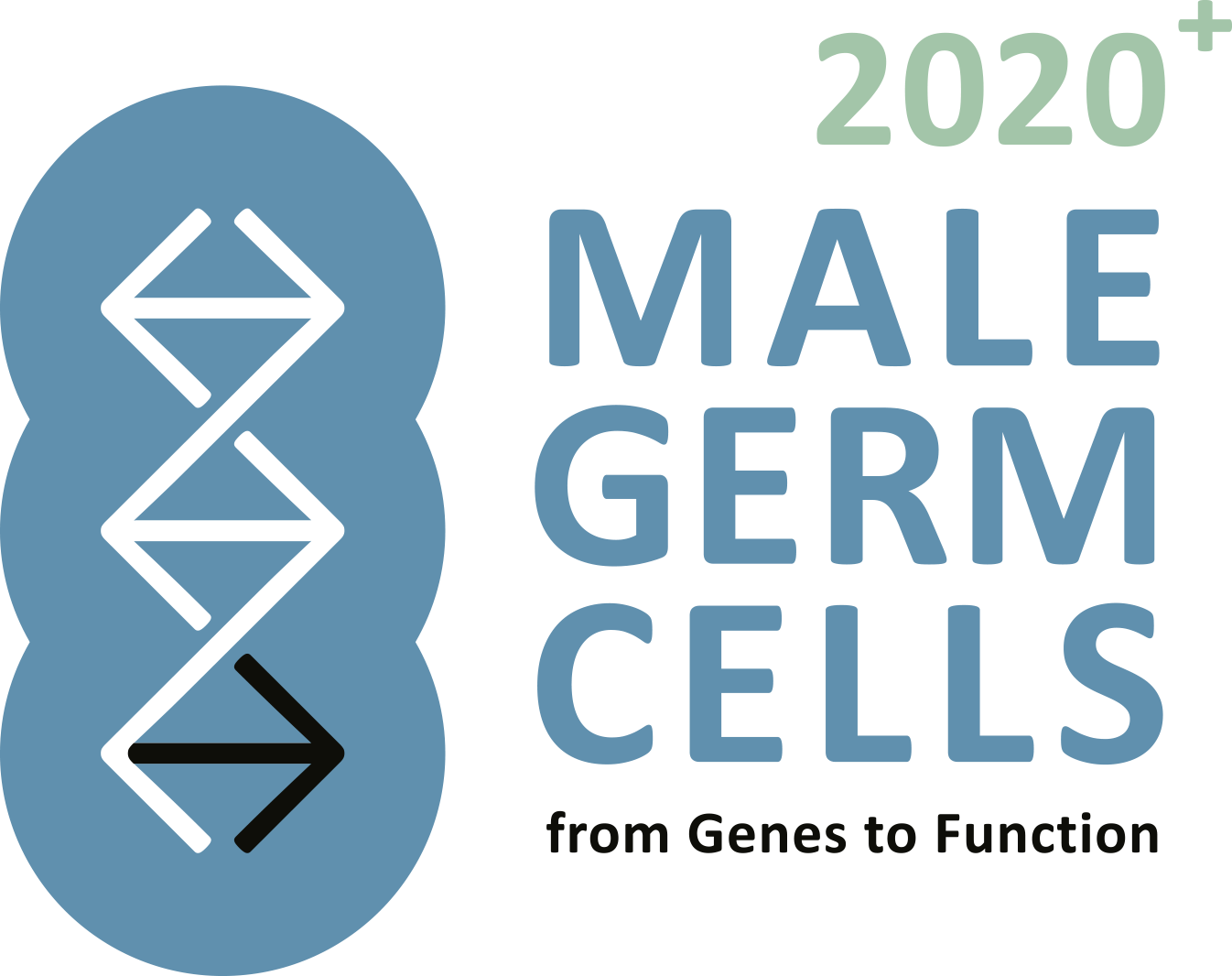P5: The (patho)physiology of ion channels in human sperm
P5 becomes P8 in the CRU renewal application 2020+.
Timo Strünker, Centre of Reproductive Medicine and Andrology (CeRA) (Homepage)
To fertilize the egg, human sperm fulfil a series of demanding functions that are orchestrated by changes in intracellular pH (pHi), membrane voltage (Vm), and intracellular Ca2+ concentration ([Ca2+]i). These signalling events are mediated by a subset of unique ion channels. The sperm-specific ion channels CatSper and Slo3 serve as central signalling nodes controlling [Ca2+]i and Vm. There is a growing body of evidence that many cases of, as yet, unexplained male infertility involve defective CatSper and/or Slo3 function. In this research endeavour, using novel experimental approaches, we want to rigorously study CatSper and Slo3 in sperm from patients seeking for assisted reproduction. Sperm with defective CatSper and or Slo3 function will be carefully analysed, from the cellular to the molecular and genetic level, to identify common aberrations. Thereby, we want to unravel whether CatSper and/or Slo3 serve as biomarkers for an evidence-based selection of the Assisted Reproductive Technology (ART) treatment. Moreover, the flux of protons across the sperm membrane is controlled by the H+ channel Hv1, suggesting that the channel sets pHi. The function of Hv1 in sperm is however ill-defined. We want to study the physiology of Hv1 in human sperm and elucidate the role of the channel in the control of pHi and, thereby, during fertilization. These studies might provide insights into the role of Hv1 in male infertility.


